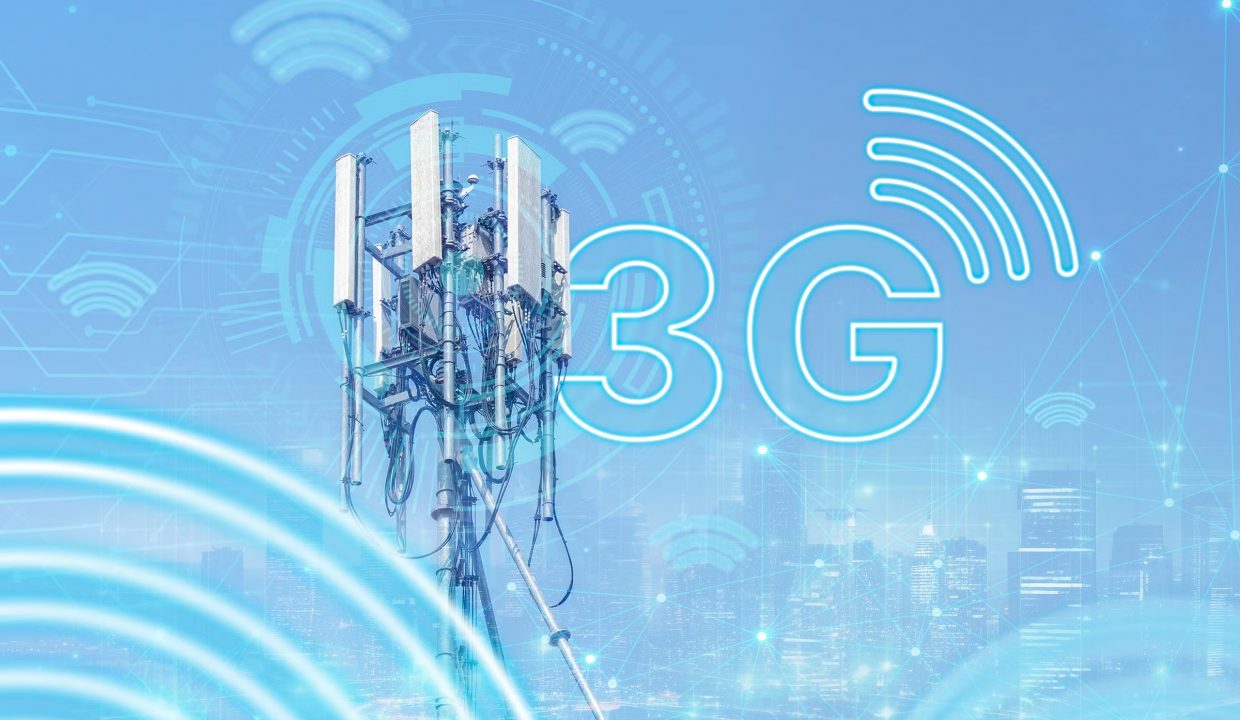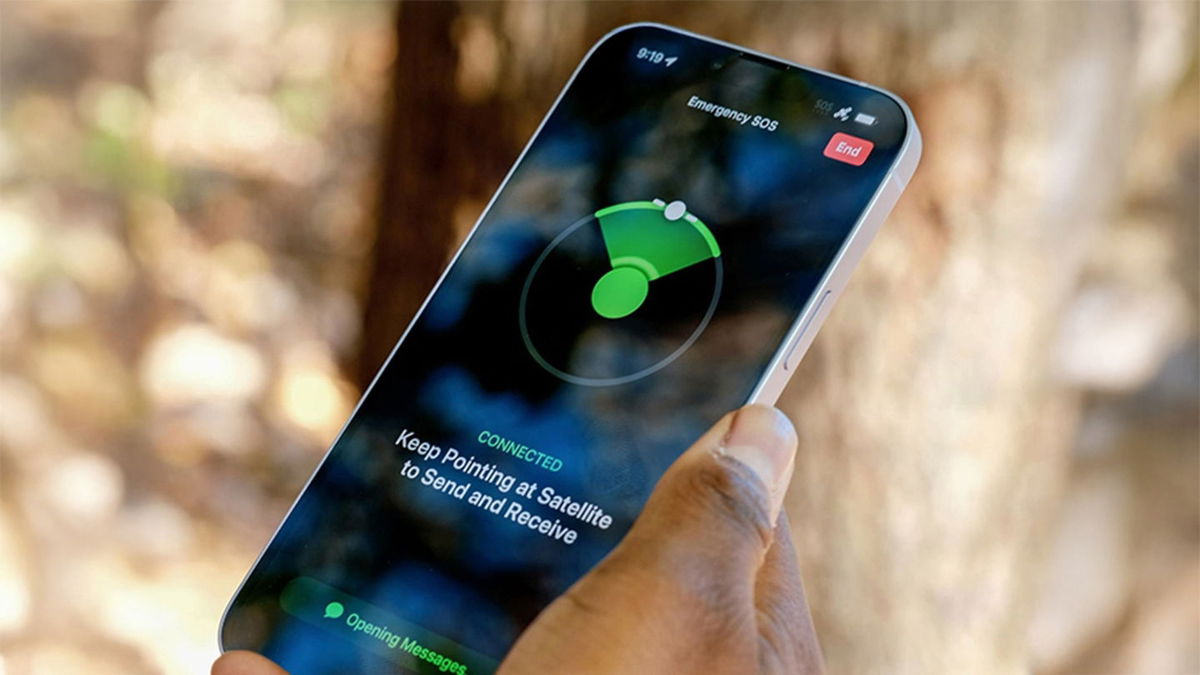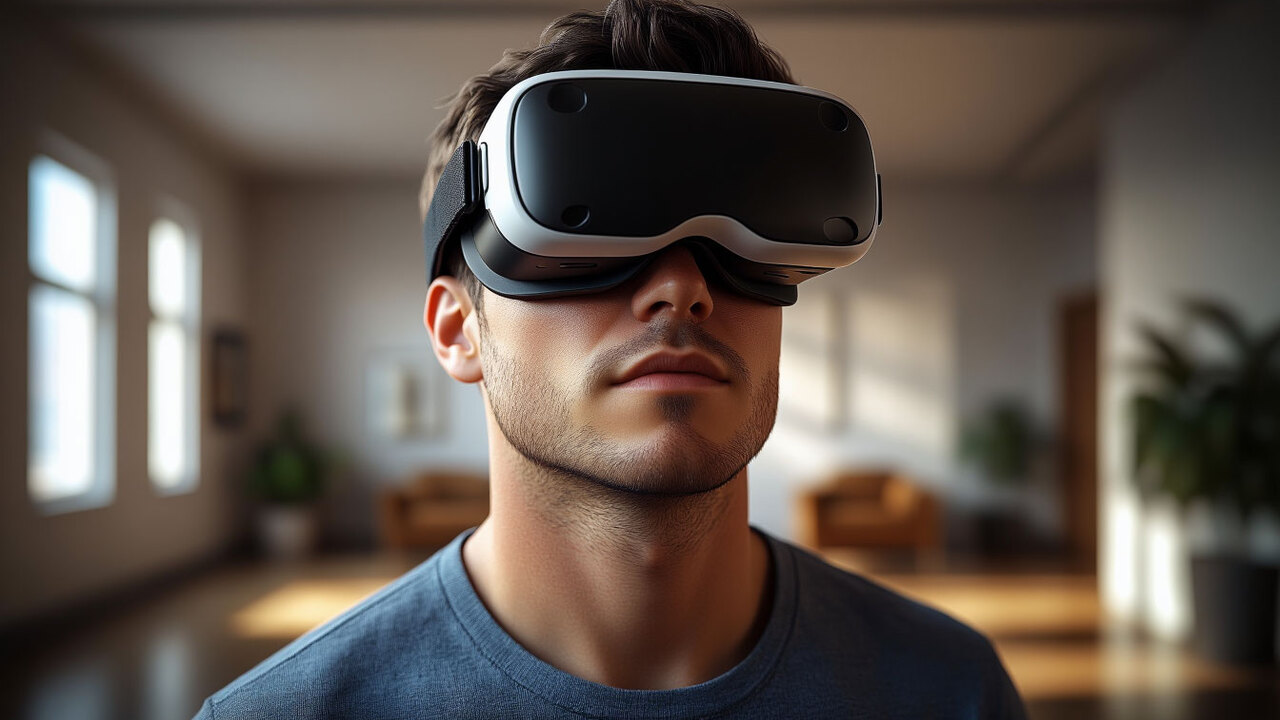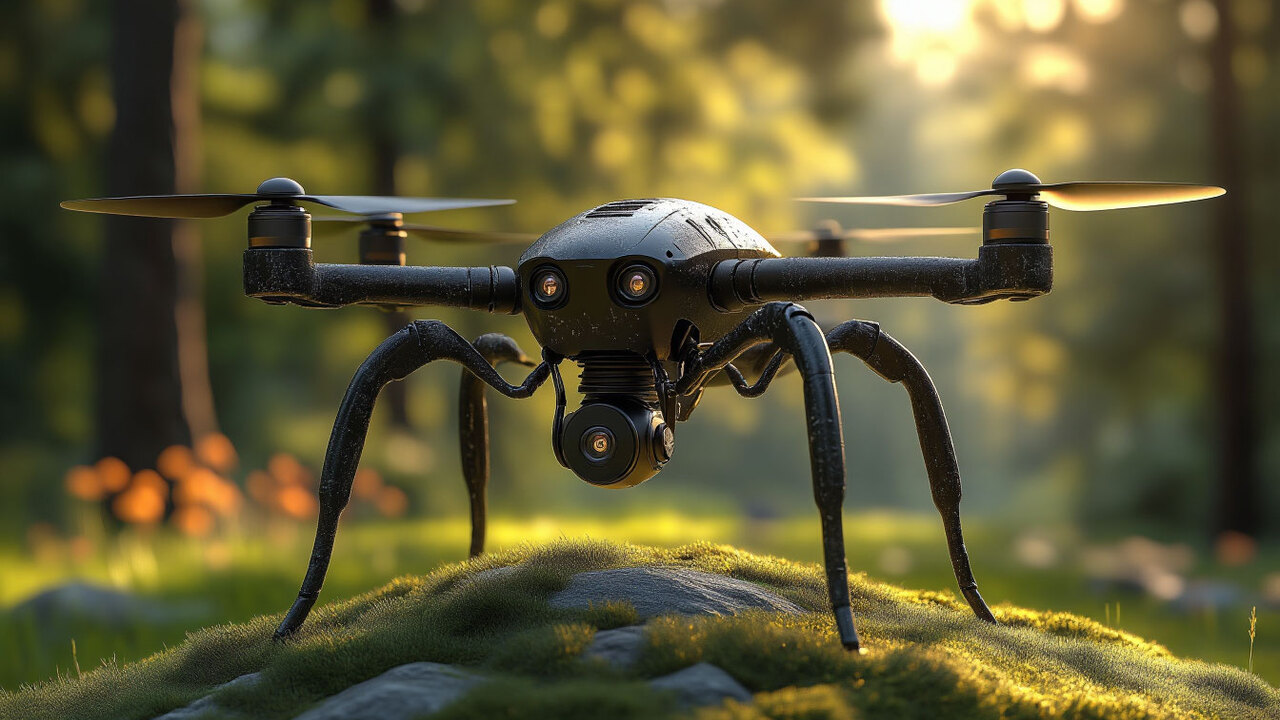Old science fiction movies promised that human creativity would lead us to a future with Artificial Intelligence everywhere. The expectation has come true, and it makes us question how far behind Amazon, Apple and Google virtual assistants will be in the process.
Technological evolution has become a race, with generative AI available in a few free products and services like ChatGPT in recent months. where the finish line is to create resources that are smarter than human, uncomplicated and creative. Find out how virtual assistants fit into this futuristic scenario!
Differences between virtual assistant and productive artificial intelligence
Virtual assistants are software that uses artificial intelligence to understand human language, answer questions, and perform tasks. Alexa, Google Assistant, and Siri are models that are programmed to respond to voice or text commands.
On the other hand, features like ChatGPT and Bard are models that use another type of artificial intelligence, generative AI. This is their create human-made contentsuch as text and images in response to a wide variety of user prompts and questions.
The need for a huge database is common to all. The differences between virtual assistant and productive AI can be seen in 3 aspects:
1. Structure and capacity
Virtual assistants have a more complex architecture that combines various Artificial Intelligence technologies such as natural language processing (NLP), speech recognition, machine learning and integration with external services.
Language models such as GPT-3 learn language patterns from large amounts of data and can generate consistent, contextual responses based on the inputs provided. However, they do not have the expertise and integration that virtual assistants have.
2. Interaction
Virtual assistants often communicate with users via voice commands and provide voice or text responses. Language models using generative AI receive and transmit text content.
3. Purpose
The primary purpose of virtual assistants is to simplify user interactions with devices and services. language models perform the same function in a more versatile way and handle more complex taskssuch as structuring financial planning.
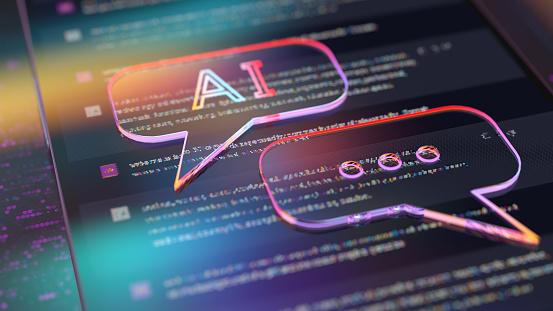
In short, virtual assistants are designed for specific tasks, such as asking Alexa to play songs, searching the internet with Google Assistant, or searching with the help of Siri. In the case of generative AI, the results correspond to more general tasks.
What are the limitations of current virtual assistants?
The endless possibilities of using generative artificial intelligence showed how virtual assistants of the moment must update themselves to keep up with technological evolution and stay competitive in the market.
But the task will be done neither easy nor fast! According to John Burkey, a former Apple engineer, Simple updates to Siri required rebuilding the entire databasethis takes up to six weeks.
When it comes to implementing more complex features, increase the time frame to twelve months. “This meant that there was no way for Siri to be a creative assistant like ChatGPT,” he said.
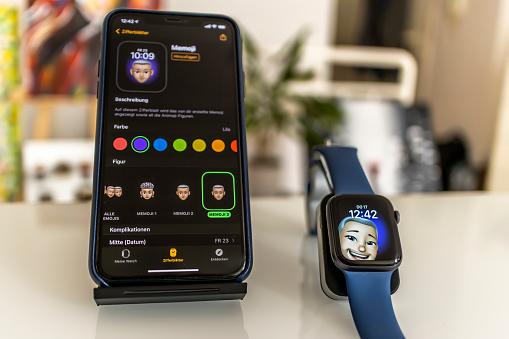
Another hurdle to overcome in the AI race is how to generate income for its owners. Apple managed to solve this problem by integrating Siri into their devices to capitalize on iPhone sales. Amazon and Google still have a lot of difficulty in this regard.
In 2020, a Google executive named Prabhakar Raghavan took over the company’s virtual assistant and made major changes to the project. The new focus was to be a flashy feature for Android smartphones, a “slight” resemblance to Apple’s design.
However, with mass layoffs to cut costs amid the economic uncertainty created by the pandemic, Google laid off 16% of its engineers and Amazon lost nearly 1,000 people working on the Alexa team.
As a result, the delay in the development of more complex and intuitive functions in the most consumed virtual assistants in the world. Great technicians now need to make up for lost time.
The productive AI of the future?
If we want more creative and personalized virtual assistants, yes, the future is productive AI. The possibility of chatbots and voice assistants coming together is greateven more so when we examine the possibilities at home, at work or in our spare time, both of which can offer us a simpler and more comfortable life.
That’s the vision Dave Limp has had since 2021. As Amazon’s senior vice president of devices and services, he told CNN the goal is to: Use artificial intelligence to “create this amazing personal assistant”.
“We’ve been using all forms of AI for a long time, but now that we see generative AI emerge, we can accelerate that vision even more,” said Limp.
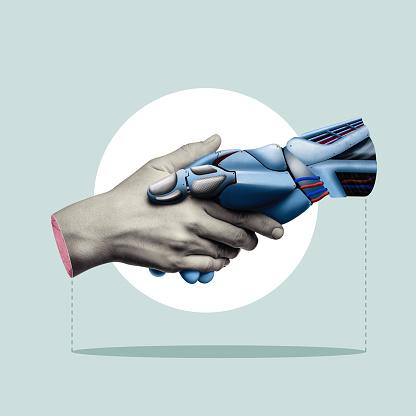
In the app, the goal is to have an Alexa that learns to have more natural conversations based on the user’s interests and preferences. On the other hand, the challenge that haunts companies like OpenAI and Google also worries teams developing virtual assistants: How to ensure the reliability of the information produced and how to avoid hallucinations?
Talita Taliberti, Alexa’s general manager in Brazil, spoke about this at an event held to launch the company’s new products in the country.
announced his intention to do so. virtual assistant continues to build trust with consumers and transparently bringing up-to-date and relevant information about the resources used.
It seems that the advent of generative AI seems to be the impetus we need to accelerate the journey of creating tools for a more human dialogue with integrated machines that know how to copy our fluid and creative language.
Source: Tec Mundo
I am a passionate and hardworking journalist with an eye for detail. I specialize in the field of news reporting, and have been writing for Gadget Onus, a renowned online news site, since 2019. As the author of their Hot News section, I’m proud to be at the forefront of today’s headlines and current affairs.

